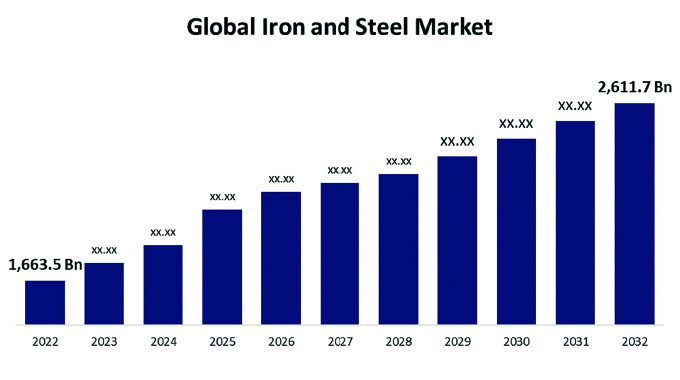AMA slows cotton inputs distribution

Business Reporter
The distribution of cotton inputs is being slowed due to a shortage of Agricultural Marketing Authority data capturing officers at distribution points.
In terms of AMA regulations, inputs distribution is done in the presence of officers who are responsible for capturing data on inputs, which cotton companies would have disbursed.
Such information is then used to determine the quotas given to farmers during buying season.
With the rains expected soon, the slow distribution of inputs would result in plantings which will have a negative impact on potential yields.
The Cotton Company of Zimbabwe operations manager Marjorie Chaniwa told a stakeholder meeting in Kadoma on Monday that the shortage of AMA officials had become a major challenge.
“Of nearly 500 distribution points that we have, about half of them are not manned by AMA officials and this is slowing inputs distribution,” said Chaniwa.
If it wasn’t for the absence of AMA officials, Cottco would have completed the disbursements. However, there are areas where planting has already started.
In response, Deputy Minister of Lands, Agriculture, Water, Climate and Rural Resettlement Vangelis Haritatos said it was unacceptable for farmers to receive inputs late as a result of staff shortage.
“Government has played its part in terms of timely mobilising the inputs while Cottco has played its part in terms of the logistics.
“Honestly we can’t allow any form of delay,” said the deputy minister.
No comment could be obtained from AMA by the time of going to print.
Cottco is administrating the Government inputs programme aimed at reviving the cotton industry.
Since its inception during the 2015 /16 season, the State intervention has seen production increasing from a record low output in nearly two decades of 28 000 tonnes to 142 000 tonnes last season.
The farmers supported by the programme have also risen from 75 000 to nearly 400 000.
Export earnings from lint are expected to reach $90 million, according to The Reserve Bank of Zimbabwe.
The Kadoma stakeholder meeting was meant to create awareness among surrounding communities on the Presidential Inputs Programme.
Kadoma used to be one of the largest cotton growing areas, but production tumbled due to challenges associated with poor funding and prices.
Kadoma used to produce in excess of 15 000 tonnes before production declined to below 1 000 tonnes. Production has, however, been gradually recovering and the intake for last season was 4 200 tonnes.
This year, Cottco is targeting 17 000 tonnes.
“With the help of all stakeholders; the local leadership and Government departments, we can make Kadoma flourish again in terms of production,” Cotton Producers and Marketers Association chairman Steward Mubonderi said.
Beneficiated cotton brings massive benefits to the country. Some of the uses of cotton lint include weaving of clothing materials, while linters are used in plastics, paper products, films, yarns and cosmetics. Cottonseed is crushed into three separate products – oil, meal and hulls.







Comments